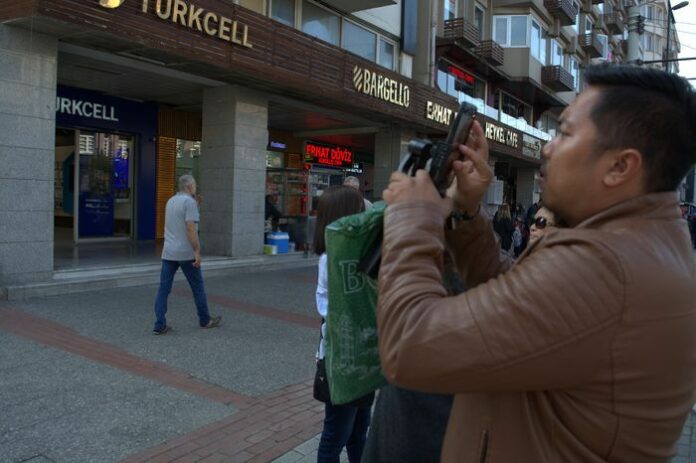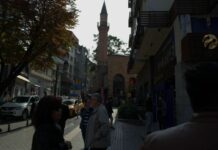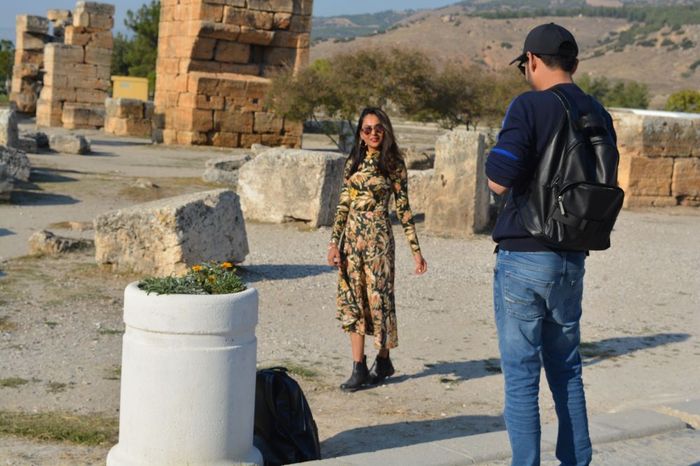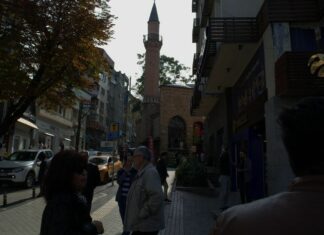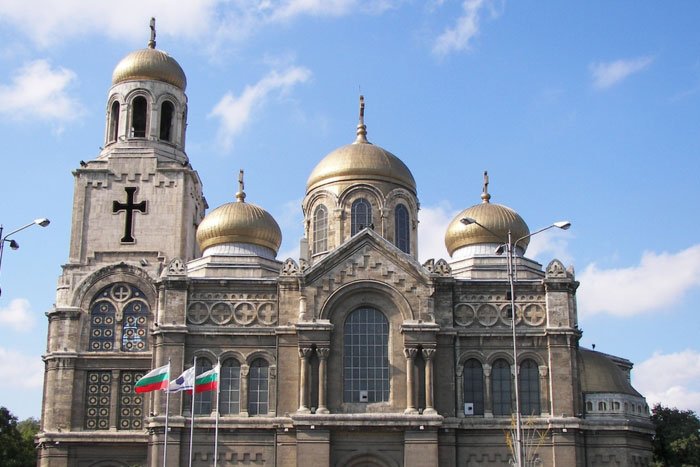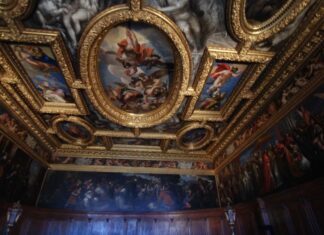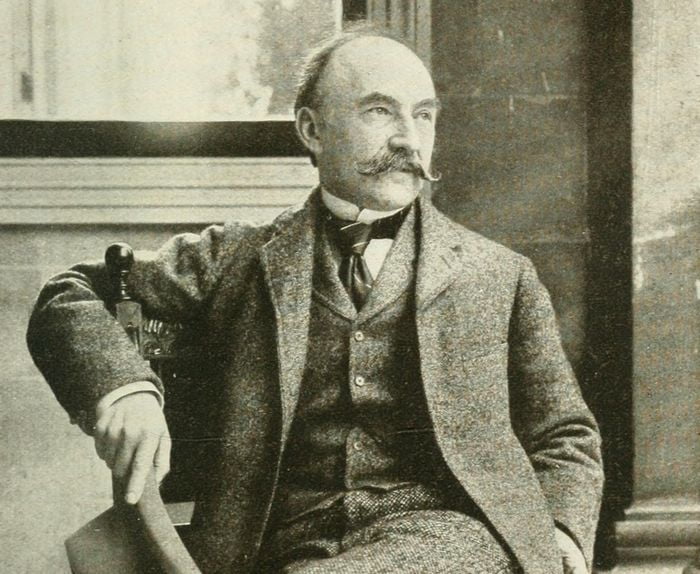A Church Writer During the Time of Constantine
John of Nicomedia was a priest (presbyter) in the Church of Nicomedia, located in Bithynia (in today’s Turkey), during the time of Emperor Constantine the Great.
He is best known for writing a religious book called the “Martyrdom of Saint Basil, Bishop of Amasia”. This work tells the story of Saint Basil, who was put to death around the year 322 or 323 AD, near the end of the rule of Emperor Licinius City Tour Istanbul.
John said that he personally visited Basil in prison and spoke with him before his execution.
Writings and Their Importance
The story written by John was later included in the Acta Sanctorum by the Bollandists, a group of scholars who collected stories about saints. The Latin version of the story appears in the main section, while the original Greek version is in the appendix.
Before that, parts of the story—especially about a female saint named Glaphyra—were already published in the same book for January 1st.
The Latin version was also printed earlier by Aloysius Lippomani and Surius, who both published collections of saints’ lives.
Some scholars, like Cave, believed that parts of John’s work were later edited or changed, possibly by a writer named Metaphrastes St. Theopemptus of Nicomedia.
The First Council of Nicaea (325 AD)
A Turning Point in Church History
The First Council of Nicaea was a very important meeting in the history of the Christian Church. It took place in the city of Nicaea (now called İznik in modern Turkey) in the year 325 AD.
The Roman Emperor Constantine I, who was not yet baptized at the time, organized the council. He even attended the opening session and joined the discussions.
What Was the Main Issue?
The main issue discussed at the council was a belief called Arianism. This teaching, started by a priest named Arius from Alexandria, claimed that Jesus Christ was not truly divine, but a created being.
The council rejected Arianism and decided that Jesus is fully equal to God the Father. They added the word “homoousios”, meaning “of the same substance,” into the church’s official creed to make this clear.
Emperor Constantine then banished Arius, showing that the church and state were now closely connected.
Other Decisions of the Council
The council also discussed many other important topics, including:
Trying (but failing) to decide on one date for Easter across all churches.
Deciding the correct way to appoint bishops.
Banning priests from charging interest on money they lent.
Forbidding church leaders from moving from one city to another.
Confirming the special importance of the churches in Alexandria and Jerusalem.
A historian named Socrates Scholasticus later wrote that the council also talked about making celibacy (not marrying) a rule for all priests. But not everyone agreed, so it wasn’t made official.
